On September 17, the Bulgarian Orthodox Church honors the memory of the Holy Martyr Sophia and her three daughters Vyara, Nadezhda and Lyubov (Faith, Hope and Love), who died a martyr’s death in the name of their faith in Christ in the 1st century A.D. This day is also celebrated as the official holiday of the Bulgarian capital, which for centuries has borne the name Sofia.
The oldest church in the central part of the capital, Saint Sophia Church, was built in honor of the saint. Remains of 50 Roman tombs have been discovered in the underground section during archaeological excavations. These are open to visitors as part of the museum area of the active church.
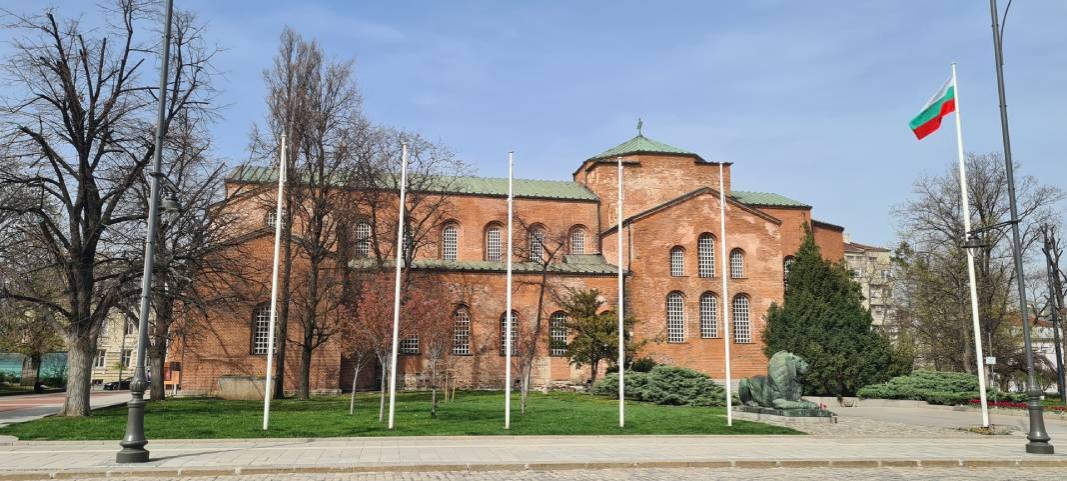
In fact, September 17 was officially declared Day of Sofia only in 1989. For many years before that, the people of Sofia celebrated on April 3 – the day on which the Constituent Assembly in Veliko Tarnovo declared Sofia the capital of Bulgaria. This took place in 1879, one year after the country’s liberation from Ottoman rule.
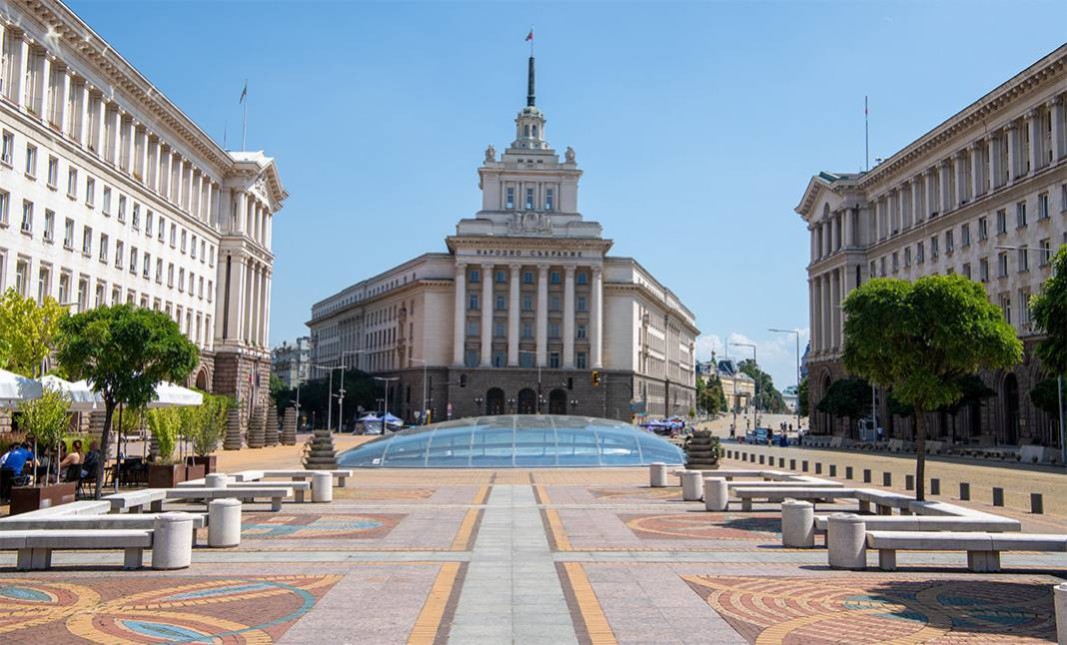
Today, the city attracts thousands of tourists from near and far. They can be seen walking along the city’s historic and commercial routes. Their tour usually begins at the Sofia Largo, officially known as Independence Square. This area is home to some of the city’s most recognizable buildings constructed in the 1950s, including the former Communist Party House, the Council of Ministers building and the Presidency Building.
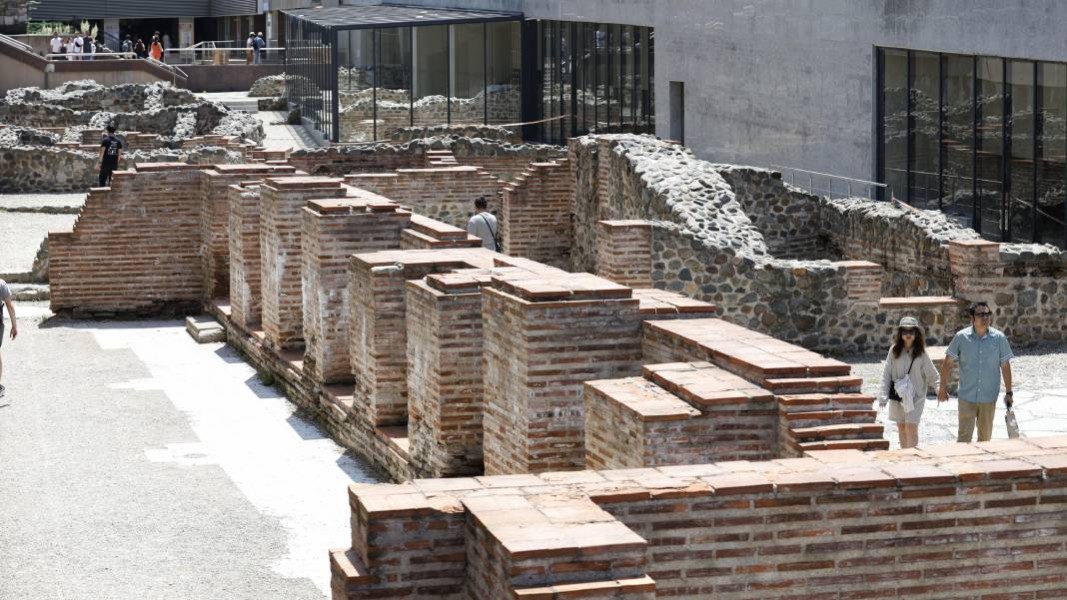
Just beneath the large central intersection, in a pedestrian underpass, visitors find themselves in something resembling an open-air museum. There, they can see what a street from the ancient city of Serdica once looked like. The site features remains from the time when the city was part of the Roman Empire, including the altar of an early Christian church discovered during excavations about 15 years ago.
And while you're here, near the Central Sofia Market Hall (Halite), take a moment to notice the natural mineral springs of Sofia that never run dry. You can’t miss the so-called ''Triangle of Religious Tolerance'' either – a testament to the Bulgarian trait, thanks to which a Christian church and a mosque have coexisted peacefully for centuries, with a Jewish synagogue located not far away. This seemingly incompatible blend of cultures, religions, modern stories and ancient symbols is what makes the city so unique and fascinating even for those of us who pass through central Sofia every single day.
Sofia’s Central Market Hall - between history and the unknown future
The iconic Central Market Hall in Sofia will soon reopen to visitors
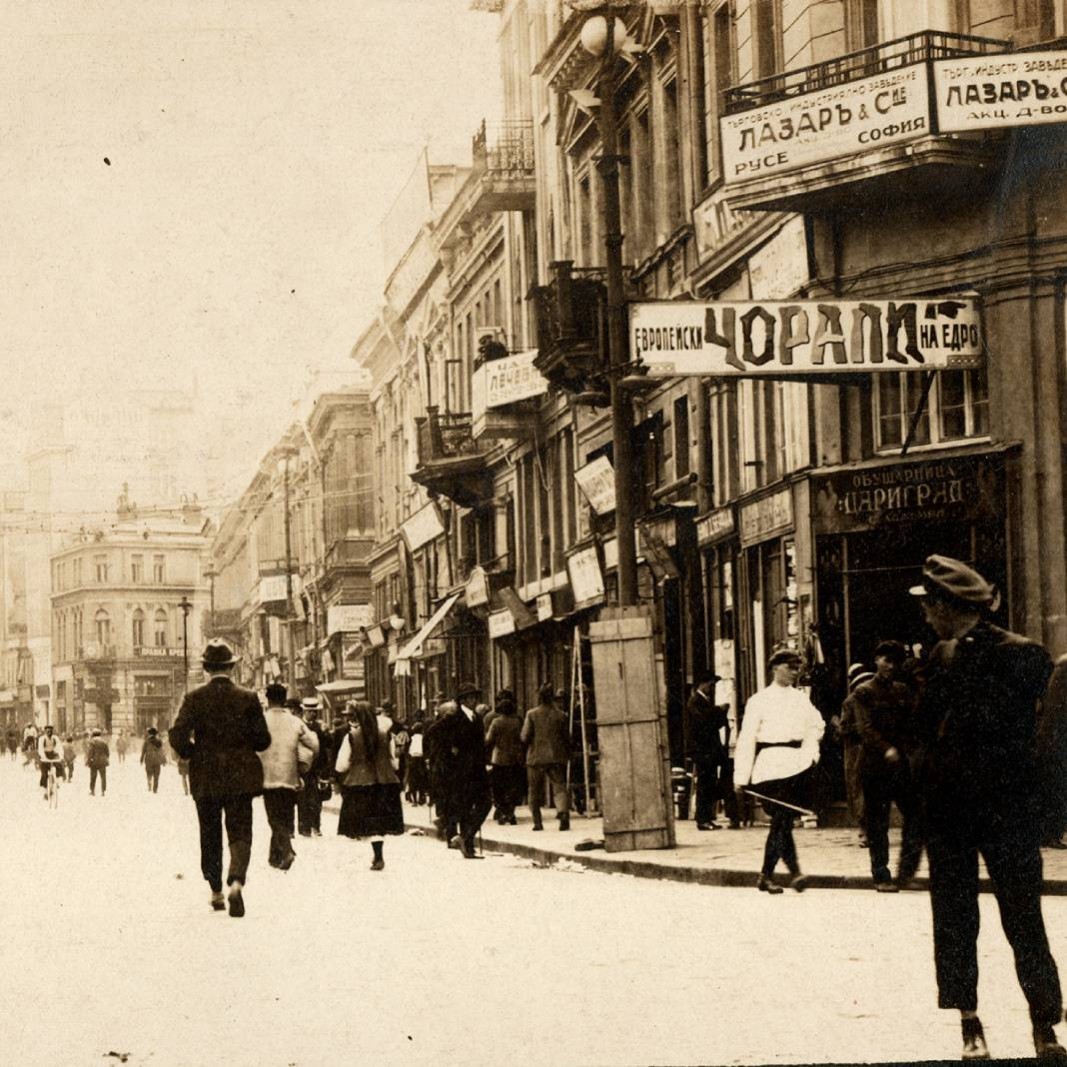
But what would the buildings be without the people of Sofia, who know how to tell their stories? These stories are brought to life by the ''historicalroutes.bg'' platform.
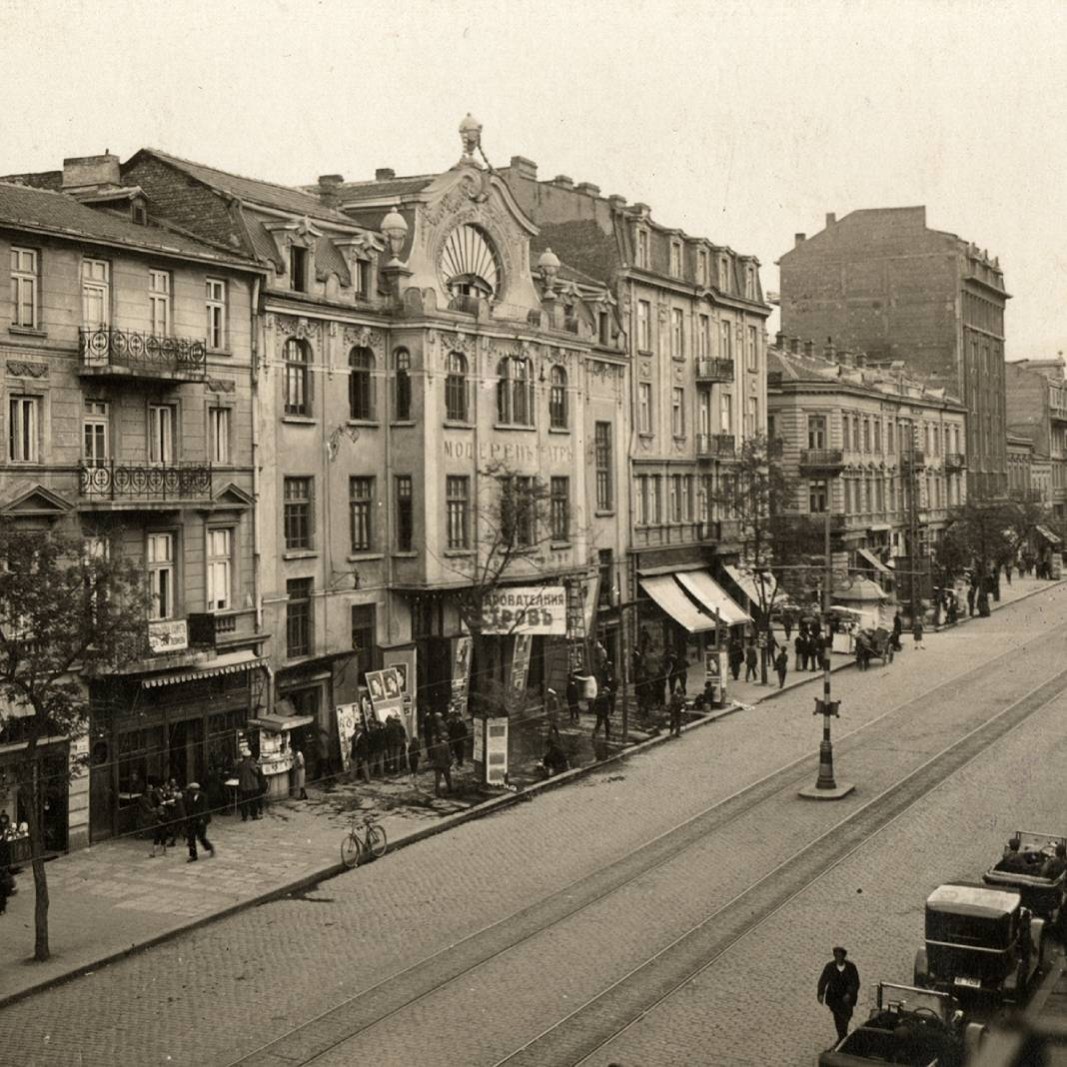
They have already organized a series of talks dedicated to the architects of old Sofia from the early 20th century. What the stories have in common is that these individuals led dramatic lives and left behind an impressive legacy of buildings, say the creators of the “Historical Routes”. Some of the topics directly shed light on the “Sofia Homes”, built more than a century ago, whose ornate facades and discreet elegance remain unmatched in the central parts of the city.
To mark the Day of Sofia, Historical Routes Sofia and the Sofia Municipality are organizing an exhibition titled "Once Upon a Time in Sofia". The idea is to showcase old postcards that reveal the city's appearance in years past. The exhibition will be on display until September 28 in Crystal Garden.
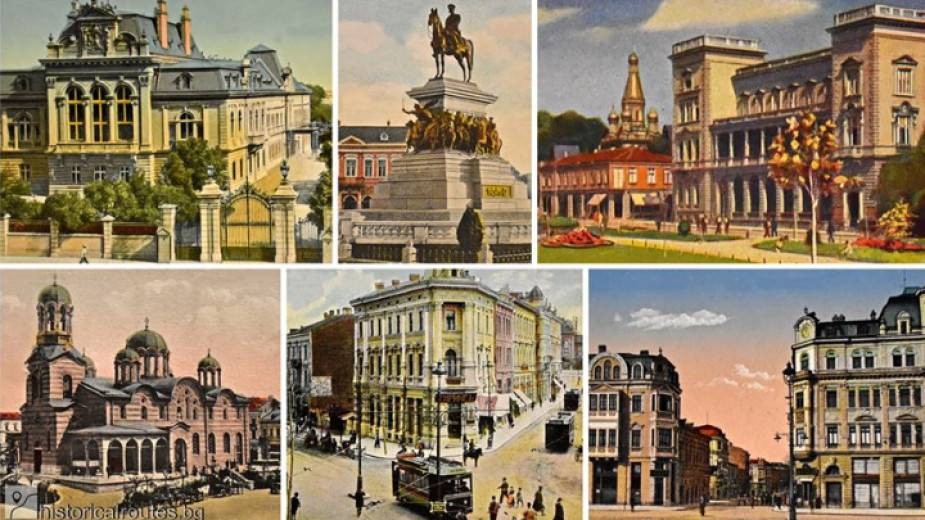
What else does the online platform offer? We learn more from its co-founder and guide through the city’s past, Zdravko Petrov:
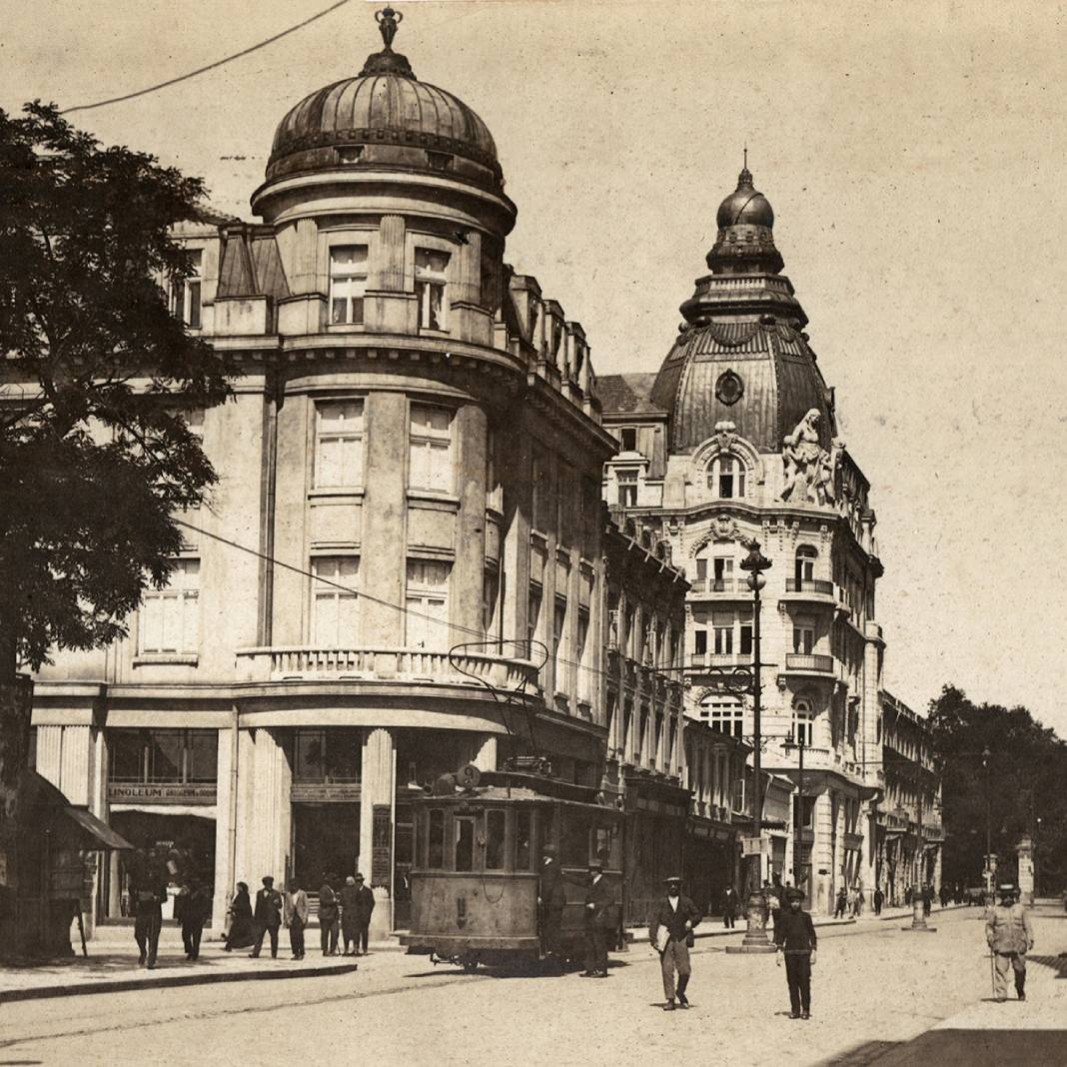
''The Historical Routes initiative already has a history of its own, as this year marks eight years since we began organizing various events aimed primarily at promoting Sofia’s historic architecture. This helps us learn a lot about the work of important figures from the history of our capital and our country. We organize walking tours in different parts of the city, as well as many exhibitions like the current one. We also hold thematic discussions with audiences.
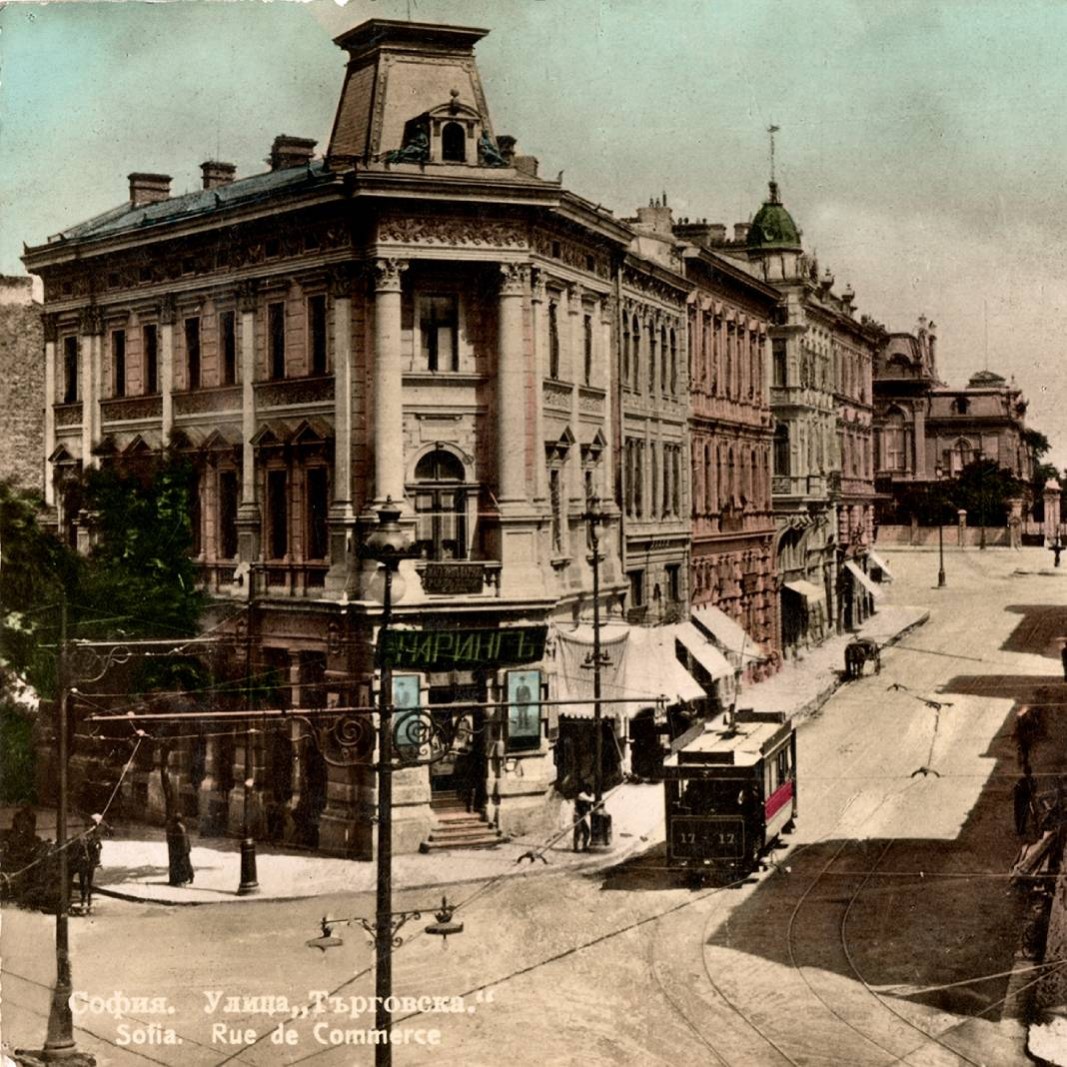
The exhibition "Once Upon a Time in Sofia" features 28 panels illustrating intriguing scenes photographed in the early 20th century—up until World War II. Through them, we can take an imaginary walk through places that no longer exist, but many people have heard about. For example, we will see the legendary Targovska Street, stop in front of the majestic Union Palace Hotel and revisit the so-called "Writers’ Café", which was once located in the park near the Russian Church.
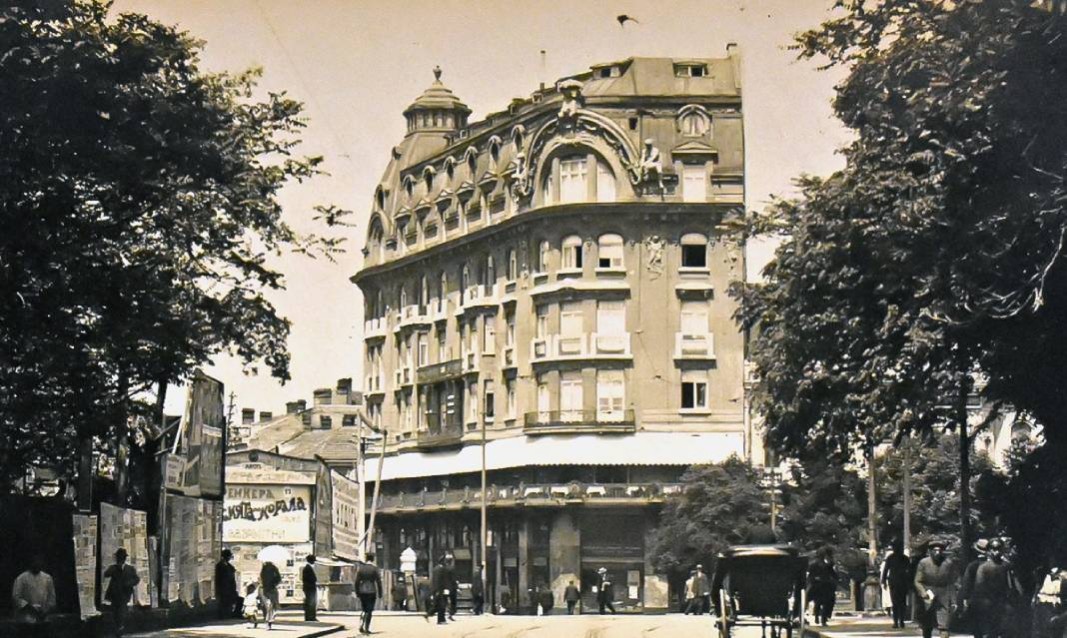
We'll also see what places we still pass by today looked like in the past such as Tsar Osvoboditel Boulevard, Eagles’ Bridge and Lions' Bridge. The images will help us compare what they looked like about a century ago and how they look today'', said Zdravko Petrov.
Read also:
Published and translated by Kostadin AtanasovPhotos: BGNES; visitsofia.bg, hramsvetasofia.com, historicalroutes.bg; Vladimir Petkov
The Bulgarian minority in Romania marked a significant event with the official opening of the Bulgarian Inn in the village of Izvoarele (Hanul Bilgarilor), Teleorman County (Southern Romania)- a locality with Bulgarian roots dating back over 200 years...
The 14th edition of DiVino.Taste, Bulgaria’s leading forum for wines and winemakers, will take place from 28 to 30 November at the Inter Expo Centre in Sofia. Over 80 producers from all wine regions will participate, offering tastings of around 600 of the..
Minutes before the second and final reading, at the parliamentary budget and finance committee, of the state budget for 2026, the leader of the biggest party represented in parliament GERB Boyko Borissov halted the procedure and sent the draft bill..

+359 2 9336 661
